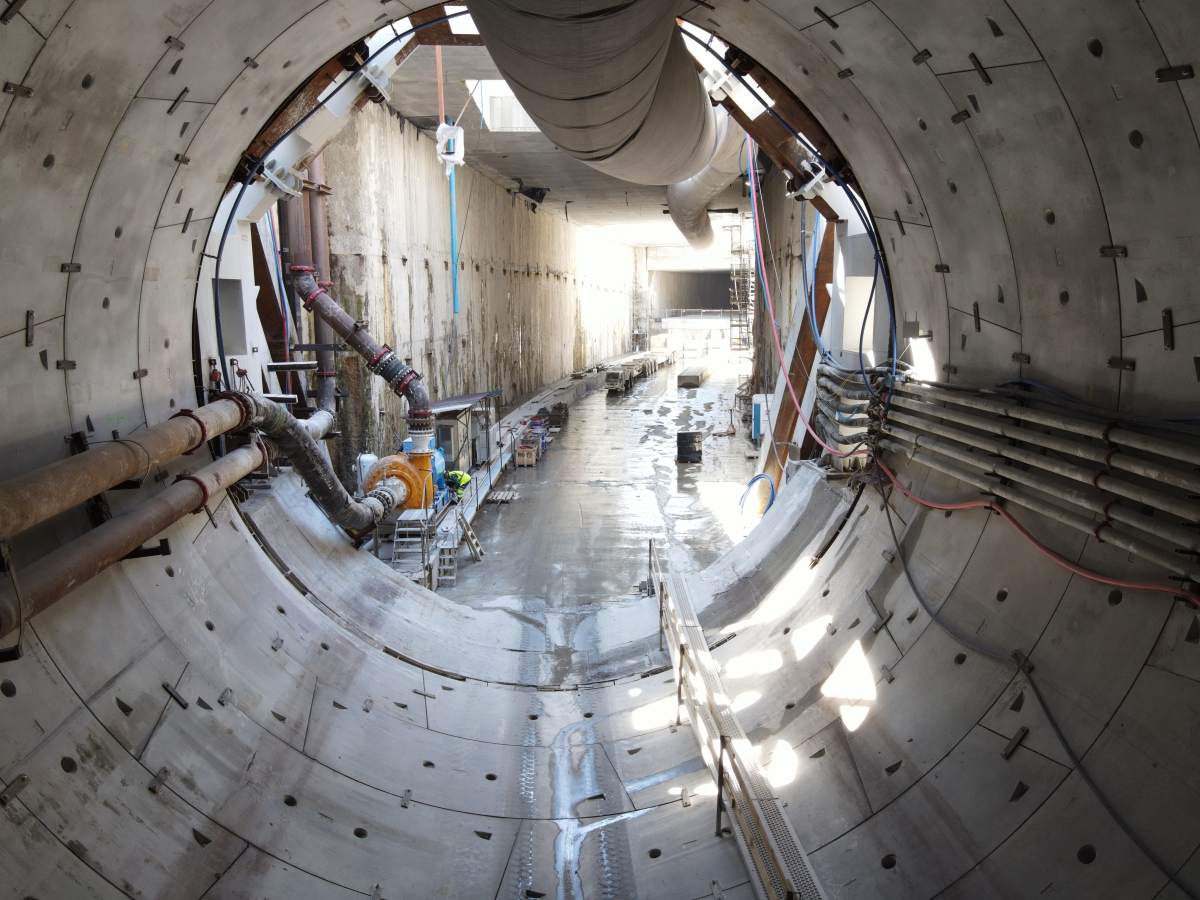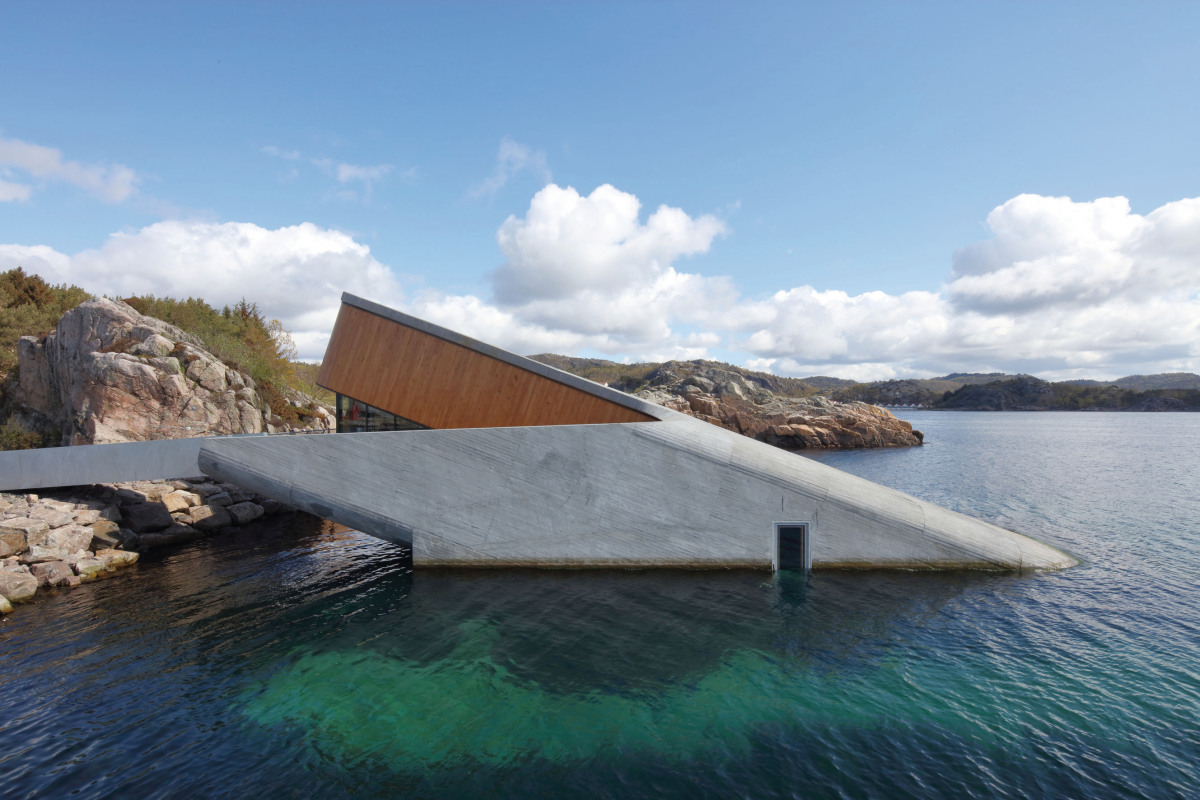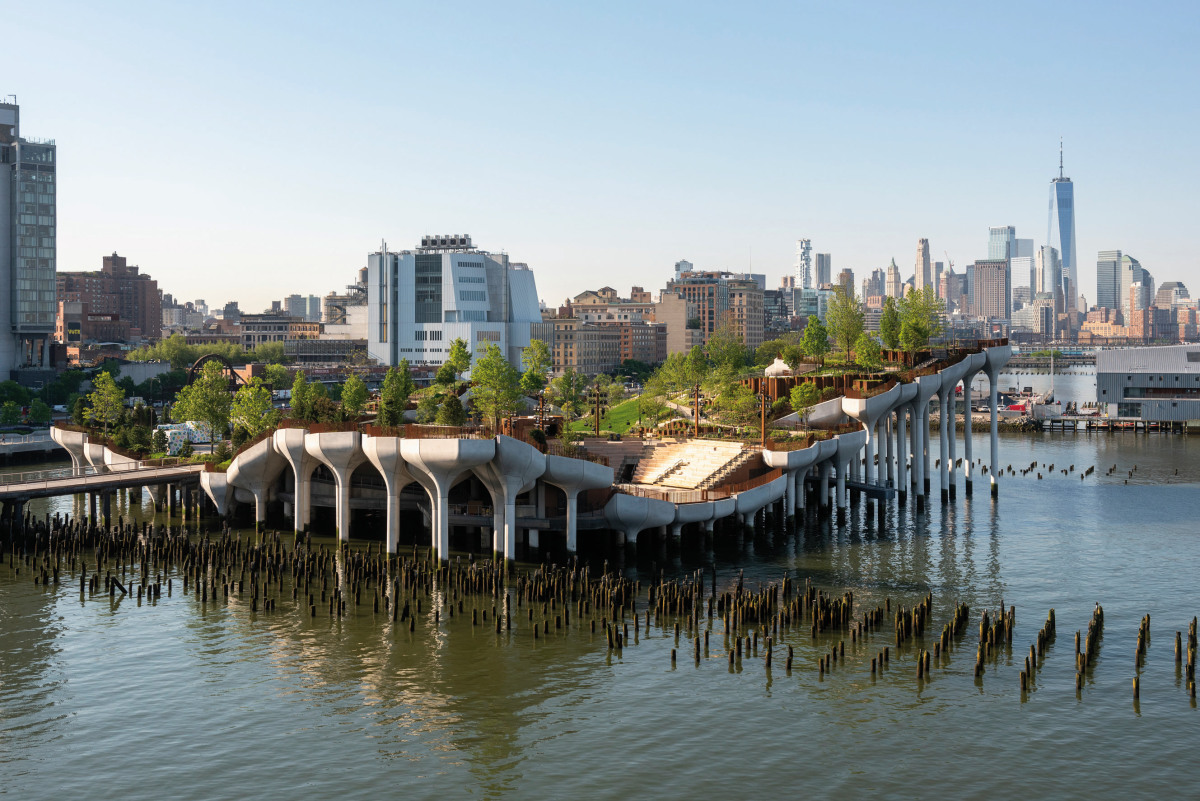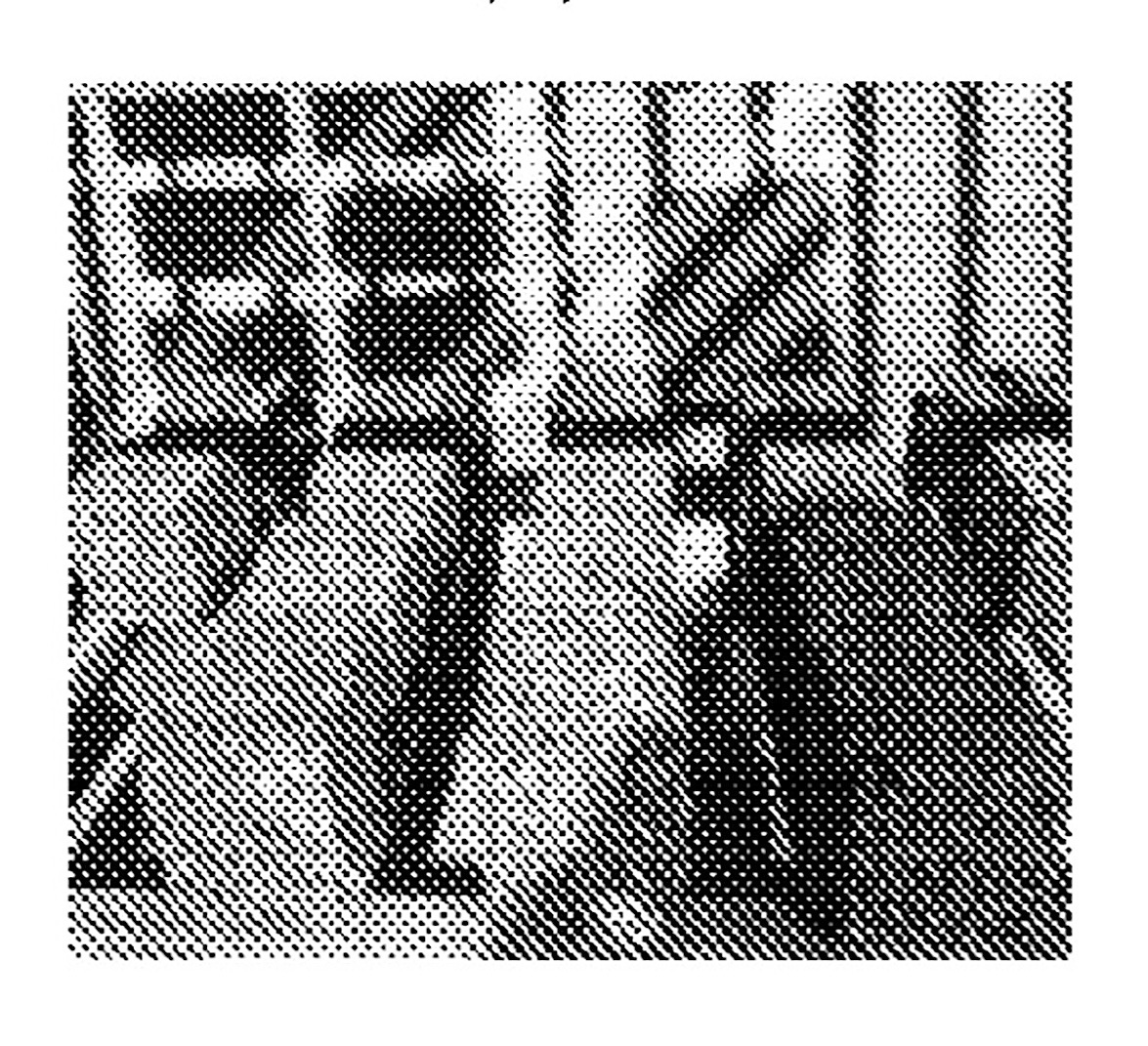Unique underwater world made of concrete: The artificial Baltic Sea Reef of Nienhagen
The construction of a reef made of precast concrete components started as an experiment and extended to a large-scale project. Now, it protects a great variety of fish species and underwater plants in the Baltic Sea near Warnemuende.
More than 1,400 concrete elements covering a surface of 50,000 m2 create a huge reef offshore Mecklenburg-Vorpommern. In approximately 1.5 kilometers distance to the Baltic seaside resort Nienhagen the elements of various sizes and shapes are lying on the ground of the sea and provide shelter for the numerous fish species. What started as an experiment about the effects of artificial reefs in 1994, has meanwhile developed to one of the largest fishery research projects in the entire area of the Baltic Sea. Just recently an expansion of the reef Nienhagen is being planned as well as a new reef at the nearby dumping area Rosenort – and also in case of this project various reef elements made of concrete play an important roll.
The concrete reef – a new “living space” for fishes and vegetation
Against the background of a steadily decreasing fish population in the Baltic Sea, already in the 1990s reasonable measures to stabilize the resources for industrialized fishing were searched for. But as soon as initial scientific investigations with first small concrete elements verified increasing fishing resources around the artificial reef, the reef experiment under the direction of Thomas Mohr of the “Landesforschungsanstalt für Landwirtschaft und Fischerei” (national research institute for agriculture and fisheries) in Mecklenburg-Vorpommern quickly expanded to a real large-scale project. In the meantime, the winding underwater world made of concrete elements and natural stone in the fishery protected zone of Nienhagen provides a widespread refuge for a considerable number of fish species and underwater plants. An extraordinary concrete world is stretching out over a surface of 50,000 m2 at the bottom of the sea. The concrete elements were furnished with various flexible nets, ropes and lines in order to create as much hiding places as possible and/or a refuge being close to reality for the fishes and to boost vegetation. Beside their long life cycle and the high stability, the different tetrapodes, cone and ring structures of concrete create winding hollow spaces and shelters. Thomas Mohr explains the high demands: “All elements are made of concrete which at least had to meet the requirements of concrete grade C35/45 having a high resistance to water ingress. Furthermore, a neutral pH value at the concrete surface corresponding to the one of the water body was required.” The evident increase of the fish population within the experimental area in the last few years had resulted in a continuous expansion and prolongation of the government-funded reef project. At present the investigations have been extended by a second location. At a dumping area located in Rosenort, where bulk solids were disposed in the sea, a new research area is planned at a depth of six meters. This project above all aims at the repopulation as well as enhancing fishery of the bulk solid disposal and dumping area by the application of the underwater structures of concrete. In the meantime, guided dives to the reef are also on offer. There are plans for further ideas of the “Tourist Attraction Baltic Sea Reef” – such as, for example, reef tours or the organization of a multiple water use in future.
Address/Anschrift
Betonmarketing Deutschland
Steinhof 39
40699 Erkrath/Germany
Tel.: +49 211 280481
Fax: +49 211 28048-320
bmd@betonmarketing.de
www.betonmarketing.de





